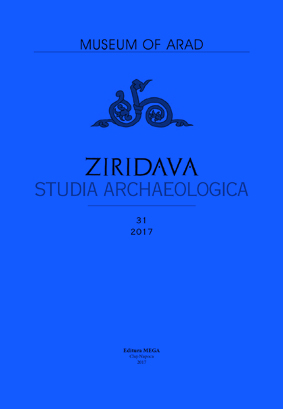Exploring Divergent Trajectories in Bronze Age Landscapes: Tell Settlement in the Hungarian Borsod Plain and the Romanian Ier Valley
Exploring Divergent Trajectories in Bronze Age Landscapes: Tell Settlement in the Hungarian Borsod Plain and the Romanian Ier Valley
Author(s): Tobias Kienlin, Klára Pusztainé Fischl, Liviu MartaSubject(s): Archaeology
Published by: Editura Mega Print SRL
Keywords: Early and Middle Bronze Age; tell settlement; settlement patterns; centre and periphery
Summary/Abstract: Drawing on data from ongoing projects in the Hungarian Borsod plain, occupied by Hatvanand subsequent (Otomani-) üzesabony communities, and the Romanian Carei plain, occupied by Sanislău andfollowing Otomani communities, it is argued in this paper that the traditional modelling of Bronze Age tellsites as proto-urban, chiefly settlements falls short of a more complex ancient reality. Rather than being a weakreflection of Mediterranean palatial society, it can be shown that tell settlement in the Carpathian Basin is acomplex and variable phenomenon – in chronological and regional terms as well as in socio-political and culturalones. Our modern perception that such sites were dominating the landscape is partly misleading and impoverishesour understanding of the communities under study. Instead, it can be shown that there were differenttrajectories taken by ‘tell-building’ communities throughout the Carpathian Basin. There is a wide range oforganisational options and divergent regional trajectories that should not be subsumed under covering modelsof the “Rise of Bronze Age Society”.
Journal: Ziridava. Studia Archaeologica
- Issue Year: 31/2017
- Issue No: 1
- Page Range: 93-128
- Page Count: 35
- Language: English

